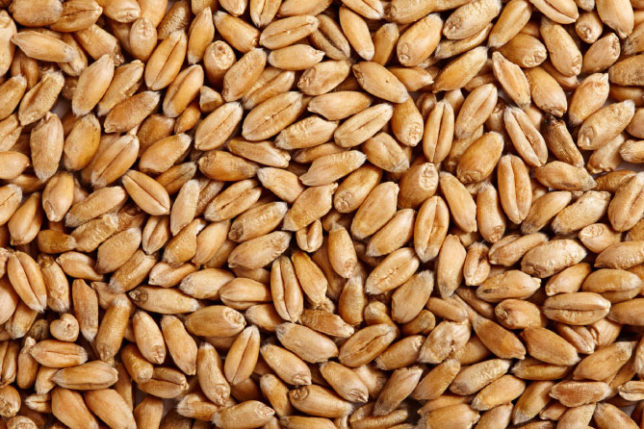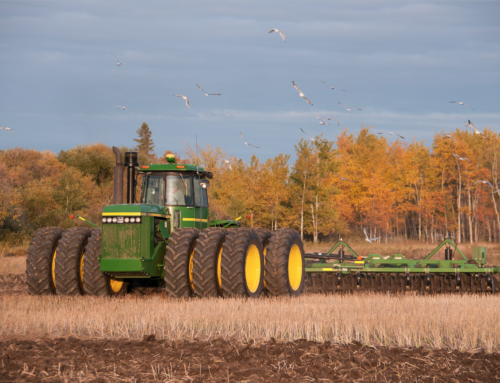Stats Canada published its Outlook for Principal Field Crops at the end of July, marking the end of the 2013-14 crop year. With favourable growing conditions, production of all crops increased to approximately 76 million tonnes (Mt) from 57 Mt in 2012 in Western Canada and from 21 MT to 20 Mt in 2012 in Eastern Canada. This resulted in an increase in total production in Canada from 77 Mt in 2012 to 97 Mt in 2013. This increased the supply of all crops in Canada; however, it is comparatively less than the data would suggest due to the low carry-in stock from 2012.
Even with the issues experienced this past winter with the extreme cold and limited grain transportation, exports of grains and oilseeds are expected to increase by approximately 8 percent to 40 Mt or 45 percent of production.
According to Stats Canada, record supplies and lower international prices have kept the grain prices in Canada, especially on-farm, considerably lower than the 2012-13 crop year. They also estimate the carry-out stocks for all crops at 21 Mt versus the average of the previous 10 years of 14.4 Mt. This increase in carry-out stocks represents about 60 percent of the increase in production. Farm incomes are forecast to drop modestly as low prices persist into the year, and yields from the 2014 harvest are assumed to return to average.
Western Saskatchewan and Alberta crops are reported in good condition with most areas receiving much needed rain. The crop overall is considered a week to two weeks late with a need to be frost free through to the second week of September. With a long-range forecast that includes warmer temperatures with a few showers through the next month, crops have the potential for above-average yields as long as the showers don’t turn into damaging thunderstorms.
Some crop areas in Manitoba, southwestern and northern areas in particular, are behind in flowering with weather conditions remaining variable. The Red River Valley region and into southern Manitoba have above average conditions with the development of most crops on pace.
With the damage from the June flooding in areas of eastern Saskatchewan and western Manitoba not fully determined, Stats Canada reports that total crop production in Canada is forecast to decrease by almost 20 percent to 77.8 Mt this year. Carry-in stocks from the 2013 crop will be a major component in supply for 2014, which is forecast to decline only slightly. Carry-out stocks are expected to decrease significantly from 2013-14 levels but will remain above average. It is expected that abundant world grain supplies will continue to pressure world grain prices throughout the 2014 crop year with prices dropping to slightly lower than that experienced for the 2013-14 crop.







Leave A Comment